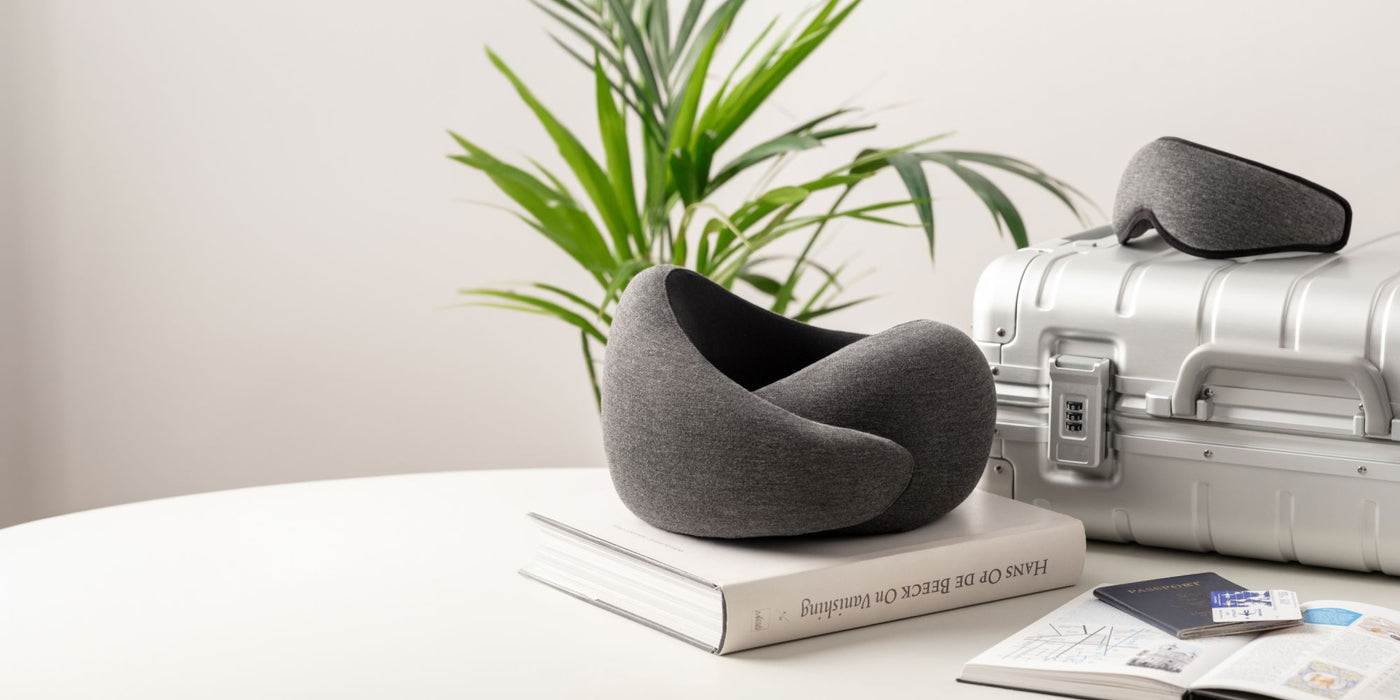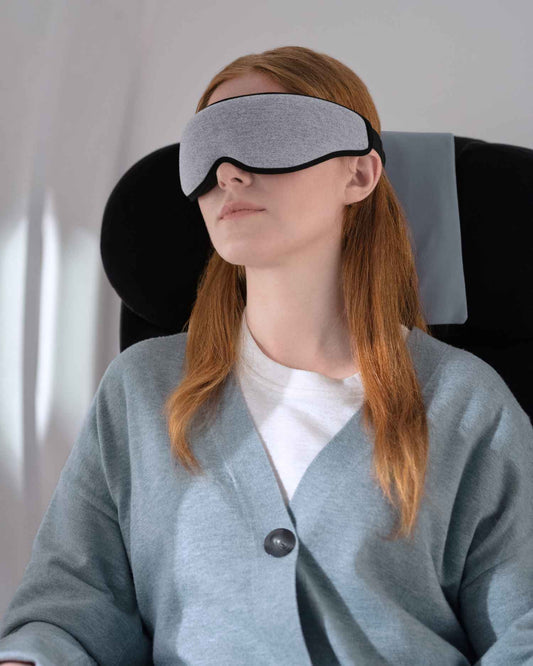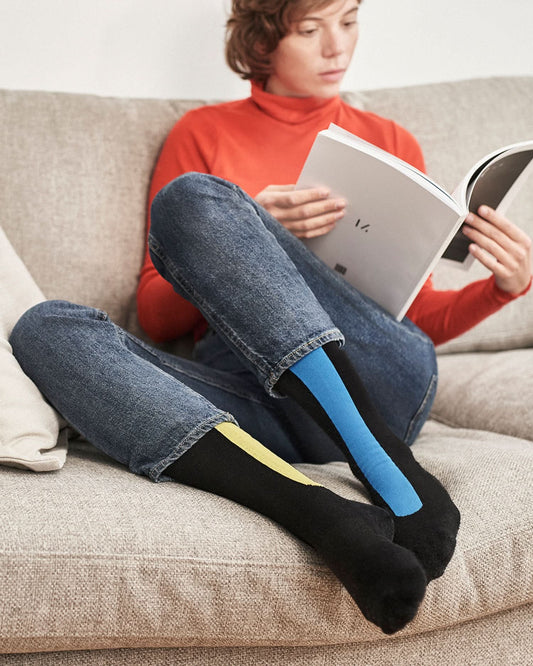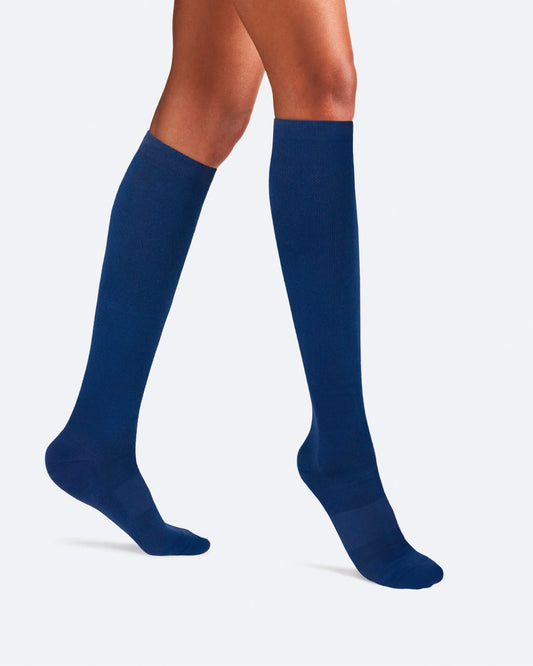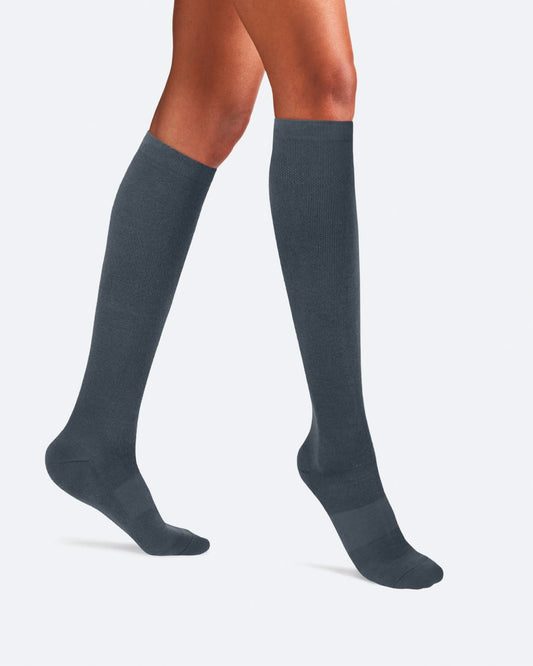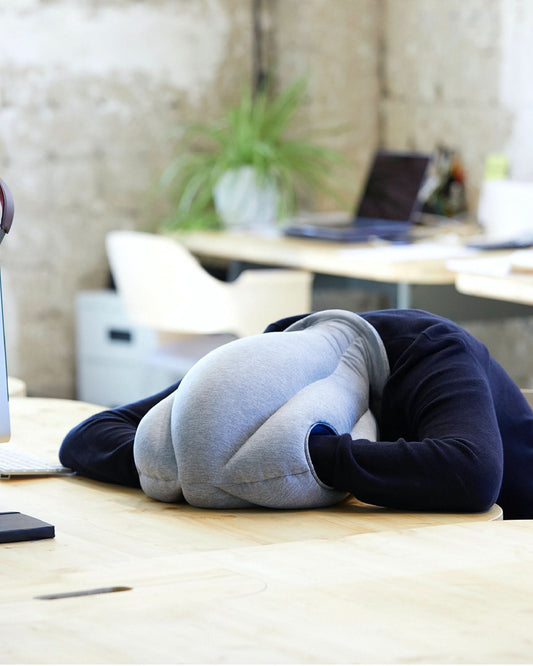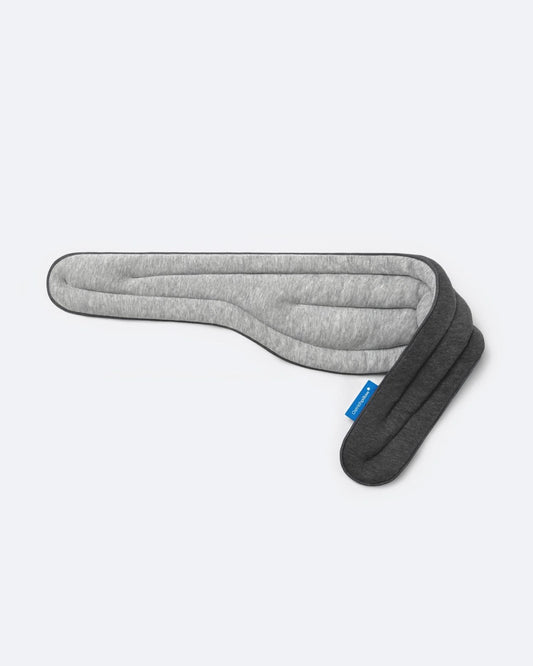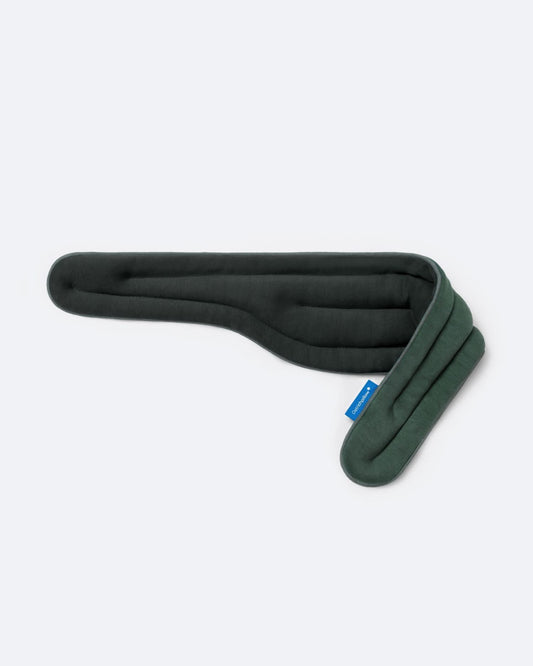
There are many things that cause sleep disruptions. Everything from loud, noisy neighbors, street noise, stress, pain, and even a room that’s too warm can lead us to that place we all dread so much — staring at the ceiling (or our smartphones) for hours, feeling our eyelids grow heavy, but never really reaching the point of drowsiness when we can fall asleep. Everyone experiences sleeplessness and insomnia sometimes, but there is another culprit for lack of sleep that many people may overlook — shift work. Anyone who’s working a job that includes a schedule that changes often or whose schedule differs from the “normal” daytime workday is susceptible to shift work sleep disorder.
But what is shift work? Shift work is when your job schedule is different from the typical 9-to-5 workday. Individuals who work shift jobs have schedules that may vary to the point where some days you are working during the day, and other shifts occur at night. These types of jobs tend to be medical, restaurant and other service positions, security, and a variety of other professions.

Tips for working night shift
Many shift workers choose to try to go to sleep as soon as they arrive home from their job, sometimes early in the morning or at midday. Some people choose to stay up for a few hours after completing their shift and structure their day similarly to a “regular” workday, spending a few hours after work doing other activities before going to bed. Whatever you choose to do, remember that consistency is key. This means that you should stick to roughly the same hours on your days off that you do on your workdays, within reason.
For instance, if your overnight shift at the hospital is 6 p.m. to 6 a.m., you might arrive home around 6:45 a.m., eat a meal, do some chores or household tasks, and then go to bed around 9:00 a.m., which would give you about 8 hours of sleep before having to wake up and get ready for your next shift. Sticking to a similar schedule day in and day out can help reduce sleeplessness caused by working irregular hours.

Block out the light with an eye mask
A big culprit in shift-work sleep disorder is light. When you sleep during the day, it’s obviously bright outside, and even thick curtains aren’t always enough to block out the daylight. That’s why it’s also important to invest in a good eye mask, like this one from Ostrichpillow, that is designed to effectively block out all light and give you a sense of total darkness. It’s essential to also make sure your choice of eye mask is comfortable and fits snugly on your head, while also letting your eyelids move without pressure. This ensures a comfortable sleep period free from breakthrough light and disturbances.
Earplugs, a quiet room that’s not too hot, and comfortable bedding are also key items to think about when trying to avoid shift-work sleep disorder. You could also consider taking melatonin, which has been shown to help improve sleep-wake patterns in travelers who cross time zones as well as people who work alternating work schedules.
One last tip to ensure good sleep: make sure to set your phone on silent and let your friends and family know your schedule to ensure an unbroken rest period. Sweet dreams!
Ostrichpillow.
Self-Care Matters.
Want to feel good?
At Ostrichpillow we're all about Self-Care and wellbeing. Join our community and you'll receive special offers and inspiration fresh to your inbox.
Photos by Cottonbro on Pexels

















